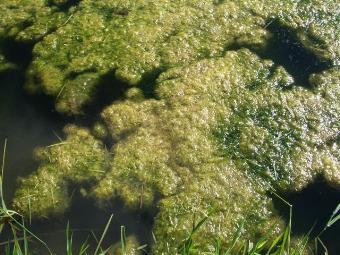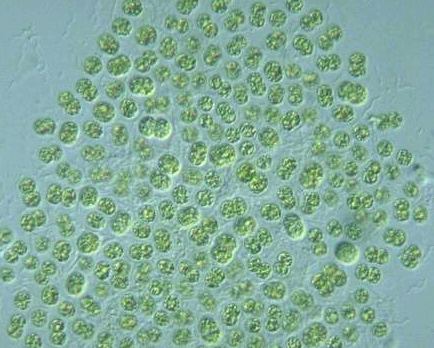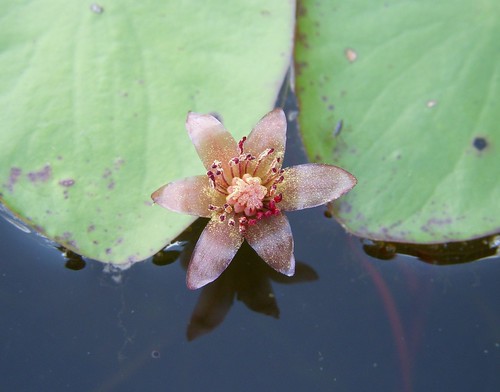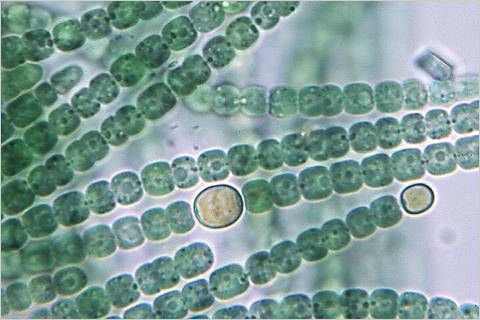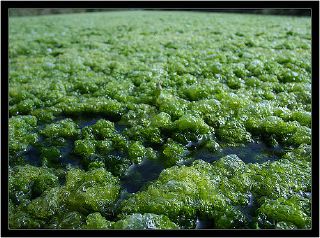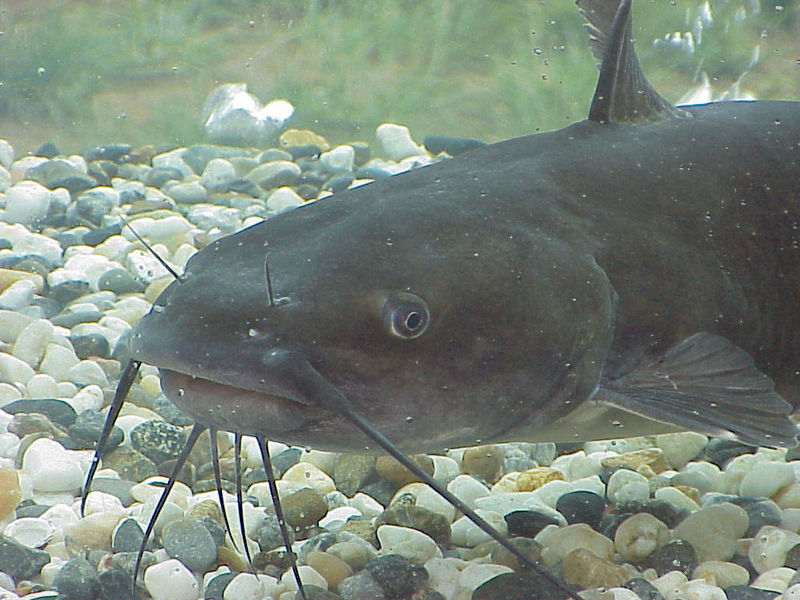K-Tea is an algaecide that can be used to treat a broad spectrum of algae including blue-green, green, diatoms, and flagellates. It can be used in slow moving bodies of water and on free-floating or mat algae. The active ingredient is copper hydroxide and it can be used every 10 to 14 days. Application can be done by boat or by standing on the shore. K-Tea can also be used in combination with other herbicides to control aquatic weeds and algae more effectively. This product is very beneficial because it does not pose a threat to people or wildlife and there are no restrictions on water use after application.

